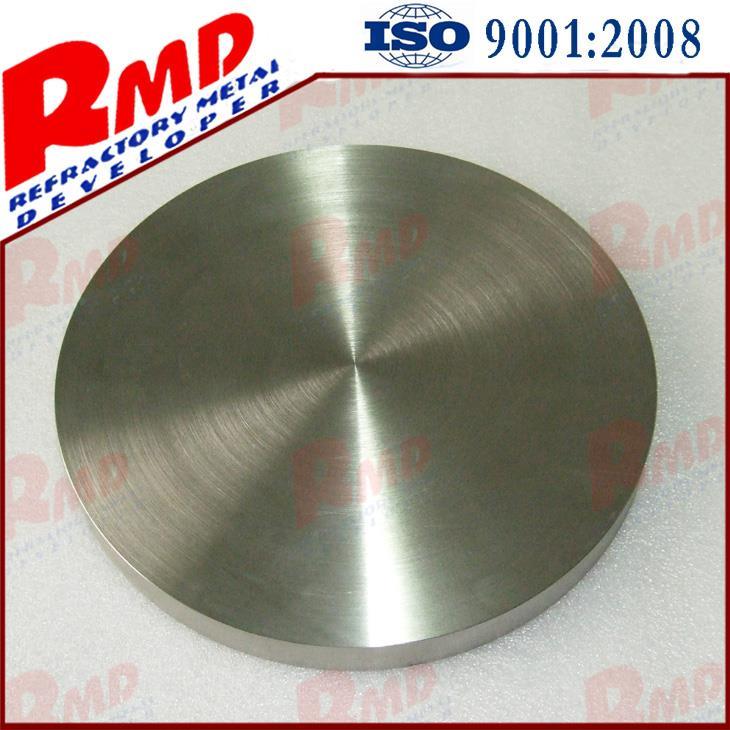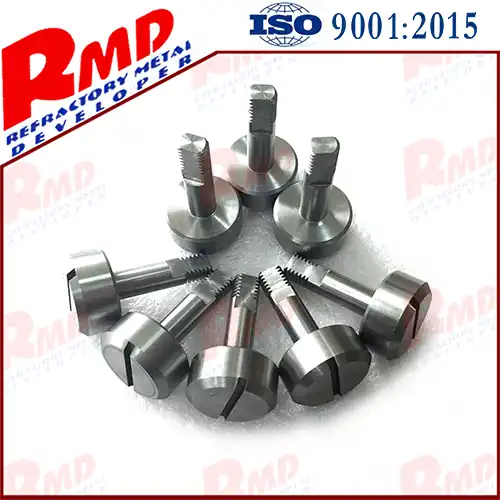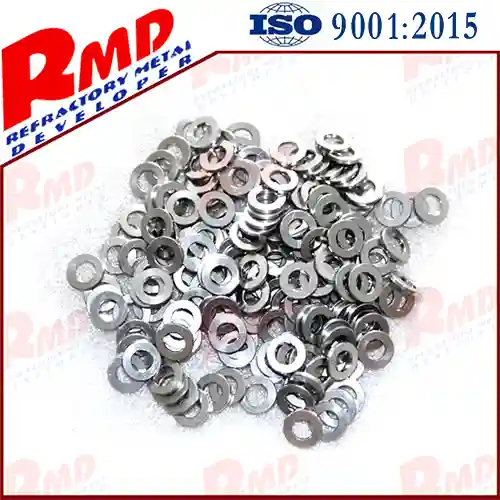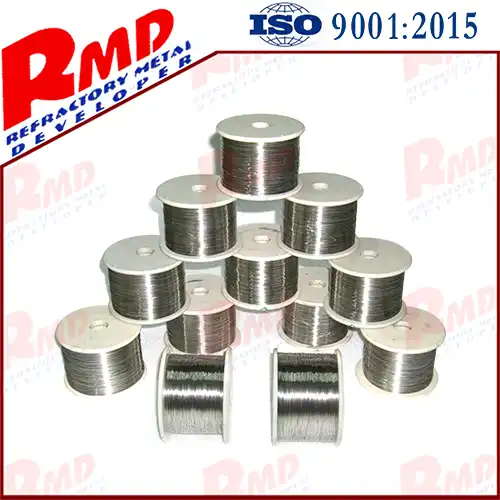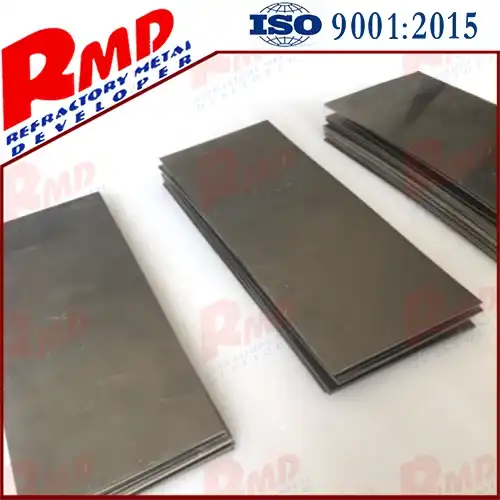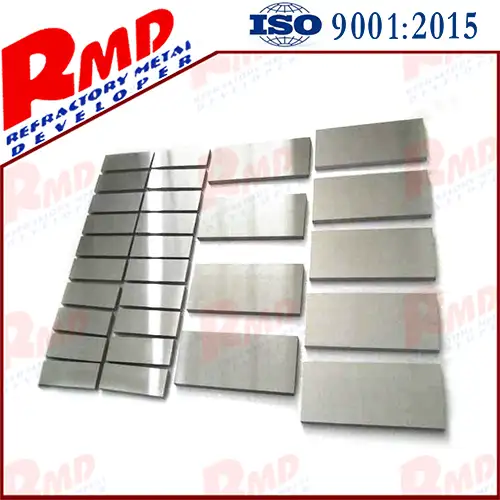- English
- French
- German
- Portuguese
- Spanish
- Russian
- Japanese
- Korean
- Arabic
- Greek
- German
- Turkish
- Italian
- Danish
- Romanian
- Indonesian
- Czech
- Afrikaans
- Swedish
- Polish
- Basque
- Catalan
- Esperanto
- Hindi
- Lao
- Albanian
- Amharic
- Armenian
- Azerbaijani
- Belarusian
- Bengali
- Bosnian
- Bulgarian
- Cebuano
- Chichewa
- Corsican
- Croatian
- Dutch
- Estonian
- Filipino
- Finnish
- Frisian
- Galician
- Georgian
- Gujarati
- Haitian
- Hausa
- Hawaiian
- Hebrew
- Hmong
- Hungarian
- Icelandic
- Igbo
- Javanese
- Kannada
- Kazakh
- Khmer
- Kurdish
- Kyrgyz
- Latin
- Latvian
- Lithuanian
- Luxembou..
- Macedonian
- Malagasy
- Malay
- Malayalam
- Maltese
- Maori
- Marathi
- Mongolian
- Burmese
- Nepali
- Norwegian
- Pashto
- Persian
- Punjabi
- Serbian
- Sesotho
- Sinhala
- Slovak
- Slovenian
- Somali
- Samoan
- Scots Gaelic
- Shona
- Sindhi
- Sundanese
- Swahili
- Tajik
- Tamil
- Telugu
- Thai
- Ukrainian
- Urdu
- Uzbek
- Vietnamese
- Welsh
- Xhosa
- Yiddish
- Yoruba
- Zulu
Burn-Resistant Titanium Alloy
2024-01-05 18:00:06
Aero-engine titanium fire is a kind of typical titanium alloy combustion failure, which causes great harm. The high-energy friction between the blade and the casing is the main ignition source, and the instantaneous temperature is as high as 2700℃.
Aero-engine titanium fire is a kind of typical titanium alloy combustion failure, which causes great harm. The high-energy friction between the blade and the casing is the main ignition source, and the instantaneous temperature is as high as 2700℃. Once titanium fire occurs, it will develop "cracking" in the air flow environment of high temperature, high pressure and high speed. The continuous combustion time of compressor components is no more than 20s, which makes it difficult to take effective fire extinguishing measures, resulting in blade burning loss, casing burning through, and even the whole engine. In addition to external factors, titanium alloy is significantly different from other metal elements with high chemical reaction heat and low thermal conductivity, which is the internal cause of titanium fire.
Since the 1960 s, advanced engines with high thrust-weight ratio demand to increase dosage of titanium alloy and titanium fire increase tendency of sharp contradictions, namely as the engine in esteem than rise, increase dosage of titanium alloy, compressor working conditions of titanium alloy components are more complicated and demanding, titanium fire tendentiousness and severity increases greatly, the titanium fire frequent failures. More than 170 cases of titanium fire occurred in military and civil engines at home and abroad, which not only caused huge economic losses, but also seriously affected people's confidence in the use of high-temperature titanium alloy, which has the potential of "scary of titanium". The prevention and control of titanium fire, namely the prevention and control of titanium fire, has become a major problem restricting the development of engines.
Titanium alloy for aircraft is very valuable, so it is the worst way to abandon it, the world's aviation materials scientists know this, are actively engaged in the continuous combustion of insensitive, itself has good flame retardant titanium alloy research, hoping to fundamentally solve the problem of titanium alloy easy to fire.
During the development of F119, the new generation supercruise engine emphasizes the characteristics of high temperature and high speed jet, which brings great difficulties to the engine development. Temperature in combustion chamber and nozzle position work is becoming more and more high, and the weight of the engine must be lighter than before in order to improve the sages, this makes the F119 cannot be used again in the true sense of high temperature nickel base materials to do a lot of parts - it is too heavy, can't use relative to withstand high temperature of traditional heat resistant titanium alloy -- they are heat resistant performance is still not enough.
For this reason, the United States specially developed Alloy C titanium Alloy for F119, which is a high-temperature flame retardant metal material composed of 50% titanium, 35% vanadium and 15% chromium. Vanadium and chromium are typically refractory metals with high melting points. Despite the difficulty in processing, the excellent performance of Alloy C titanium Alloy in the laser ignition test showed that the ignition point was 500 degrees higher than that of traditional titanium Alloy, which made a series of high indicators of F119 practical.
After Alloy C took the lead in realizing the breakthrough of flame-retardant titanium Alloy, Russia and China followed up the research in this field and introduced materials with very similar composition and performance indexes.
According to a published article which published in 2014, China TI40 flame retardant titanium alloy will be first applied to engine casing, where the maximum temperature is usually significantly lower than the traditional high-temperature 600-degree limit of titanium alloy.
So far, the most successful flame-retardant titanium alloys are based on three aspects: interrupting oxygen transport, reducing adiabatic combustion temperature and reducing friction emission. For example, ti-cu-al flame retardant titanium alloy in Russia and ti-v-cr flame retardant titanium alloy in the United States. Among them, the flame retardant mechanism of ti-cu-al flame retardant titanium alloy is to convert dry friction between titanium parts into wet friction with liquid phase lubrication, thus reducing friction work and adding heat. Ti-V-Cr flame retardant titanium alloy is achieved by interrupting oxygen transport and reducing adiabatic combustion temperature.
